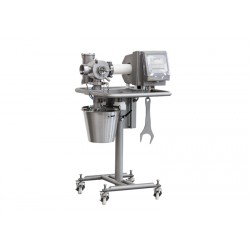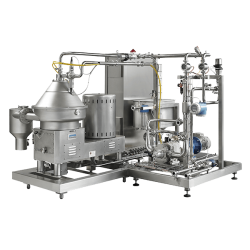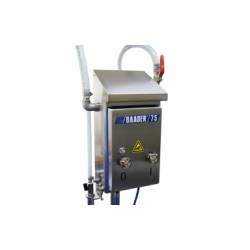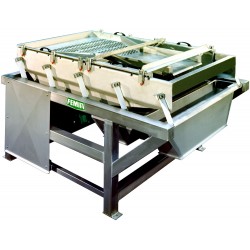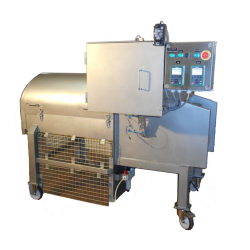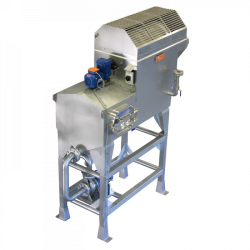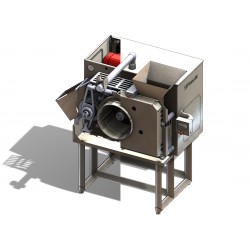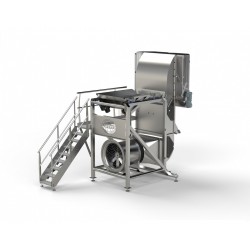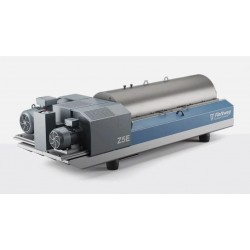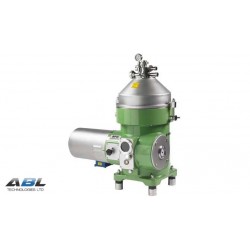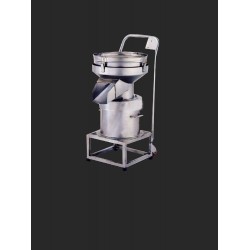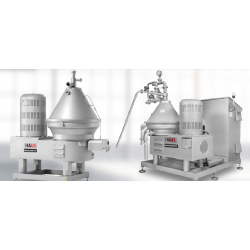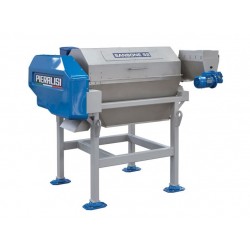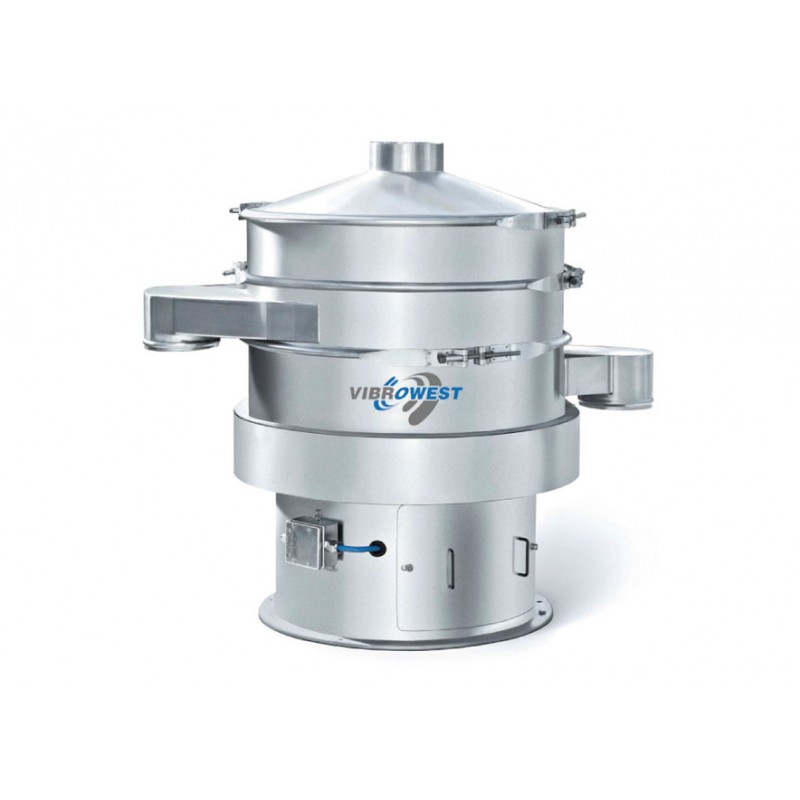
- Nuovo
Circular vibrating sieve MR
The Circular vibrating sieve MR is used for the separation, classification, scalping, dedusting and selection of powders and liquids.
Descrizione
The Circular vibrating sieve MR is used for the separation, classification, scalping, dedusting and selection of powders and liquids. Allows to achieve up to 5 different particle sizes, extremely robust construction and ease to disassembly.
Available in the following models: 16″ (Ø 400 mm) – 20″ (Ø 500 mm) – 24″ (Ø 600 mm) – 30″ (Ø 800 m) – 36″ (Ø 900 mm) – 48″ (Ø 1200 mm) – 60″ (Ø 1500 mm) – 72″ (Ø 1800 mm) – 90″ (Ø 2200 mm).
the vibration is through an unbalanced motor with a double extended shaft, fitted at both ends with eccentric weights. The top weight on the motor shaft rotates in a plane close to the center of the mass of assembly. Rotation of the top eccentric weights creates vibration in the horizontal plane, which causes material to move across the screen cloth to periphery increasing the horizontal throw, causing oversize material to discharge at a faster rate. The bottom eccentric weight rotates below the center of mass creating tilt on the screen giving vibration in vertical and tangential plane. Increasing the vertical component of motion, this promotes turnover of material on the screen surface helping maximum quantity of under size material to pass through the screen. Rugged Springs placed over the circular motor base amplifies the vibration. The top weight on the motor shaft rotates in a plane close to the centre of the mass of assembly. Rotation of the top eccentric weight creates vibration in the horizontal plane which causes material to move across the screen cloth to periphery. Increasing the top eccentric mass, increases the horizontal throw, causing oversize material to discharge at a faster rate. The bottom eccentric weight rotates below the centre of mass, creating tilt on the screen, giving vibration in vertical & tangential planes. Increasing the vertical component of motion, this promotes turnover of material on the screen surface helping maximum quantity of under size material to pass through the screen. The vertical motion also minimizes blinding of screen by “near size” particles. The tangential component of motion is controlled by the angle of lead given to bottom weights with relation to top weight. Variation in lead angle controlled the spiral pattern of material travel over the screen cloth. Speed & flow pattern of material travel over the screen cloth can be set by the operator for maximum throughout & screening efficiency for any screen able product, wet or dry, coarse or fine, heavy or light, hot or cold. Typical material passes rapidly through the screen during its travel to the periphery. The oversize material get continuously discharged through a tangential outlet.
Features and plus:
- low power consumption;
- varied range of applications;
- high throughput per screen area;
- accurate separation up to 5 fractions;
- screening up to 230 mesh;
- applicable different anti blinding systems applicable;
- Modular design allows easy cleaning and maintenance;
- dust-tight and low noise processing;
- available with ATEX certification, FDA IQ-OQ, GMP procedures;
- Jacob fittings and finishes available for the food and pharmaceutical industry.
62 altri prodotti della stessa categoria:
- Nuovo
- Nuovo
- Nuovo
- Nuovo
- Nuovo
- Nuovo
- Nuovo
- Nuovo
- Nuovo

 English
English
 Deutsch
Deutsch
 Français
Français
 Español
Español
 Italiano
Italiano
 Português PT
Português PT

